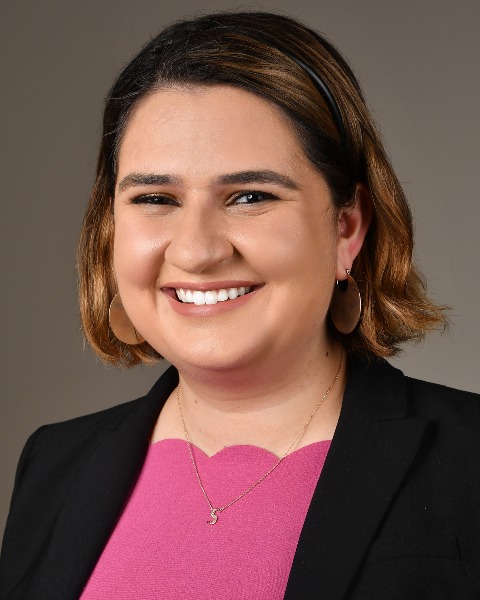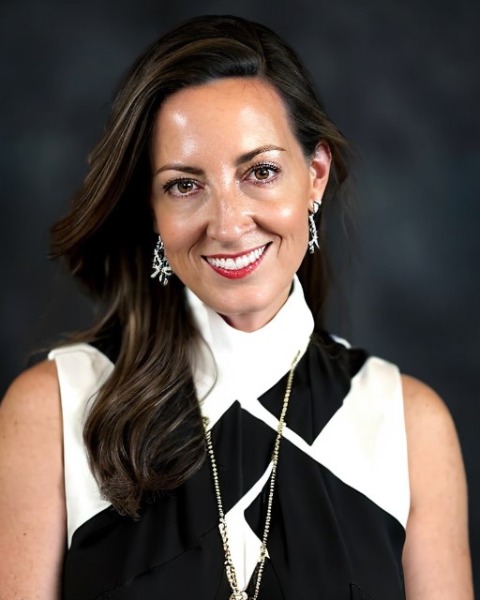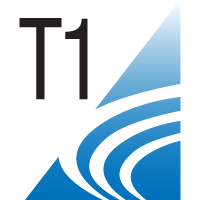Pediatrics (P)
LM307 - Strategies for Improving Loss to Follow-Up for Newborn Hearing Screening

Sarah N. McAlexander, AuD
Pediatric Audiologist
Texas Hearing Institute
Houston, TexasDisclosure(s): No financial or nonfinancial relationships to disclose.

Jennifer Wickesberg-Summers, AuD (she/her/hers)
Director of Audiology
Texas Hearing Institute
Houston, TexasDisclosure(s): No financial or nonfinancial relationships to disclose.
Lead Presenter(s)
Presenter(s)
Summary:
Universal newborn hearing screening was first introduced in 1999 as a way to ensure that children with hearing loss received early identification and intervention. The Joint Committee on Infant Hearing (JCIH) guidelines recommends the 1-3-6 model, ensuring that patients are screened for hearing loss by one month, receive a hearing loss diagnosis by three months, and receive intervention for the hearing loss by six months (Joint Committee on Infant Hearing, 2019). Despite the substantial benefits of these programs, approximately 27.5% of those who do not pass their screening are lost to follow-up or documentation in the United States, with some states seeing a significantly greater rate of loss to follow-up. States such as Texas currently experience a loss to follow-up of 51.1%, which may lead to children missing out on years of important early intervention services due to late diagnosis (Centers for Disease Control and Prevention, 2019). Some factors that may be related to high loss to follow-up rates include lack of provider or technician education regarding the importance of newborn hearing screening, lack of appropriate counseling or materials regarding newborn hearing screening results, lack of access to ABR programs and pediatric audiology services, and more. This session seeks to explore several strategies that have been successfully introduced by a pediatric audiology clinic in Texas as recommendations for other clinics who may be looking for methods to reduce their own loss to follow-up rates, as well as the loss to follow-up rates in their state. These strategies include employing a full time bilingual staff member to track ABR referrals and results, communicate and build relationships with families, and ensure caregivers and pediatricians understand the importance of the newborn hearing screening. In addition, a remote ABR program was strategically created for patients in a rural area without access to pediatric audiology services. Other strategies related to counseling, educational materials provided at the time of screening, and provider education will be discussed.
Learning Objectives:
- Upon completion, participants will be able to identify current loss to follow-up rates and how the consequences of a late diagnosis of hearing loss impact speech and language outcomes.
- Upon completion, participants will be able to discuss the importance of early intervention and the 1-3-6 model recommended by the Joint Committee of Infant Hearing.
- Upon completion, participants will be able to identify several strategies for reducing loss to follow-up in their clinics, as well as methods for implementing these strategies in their clinics.

